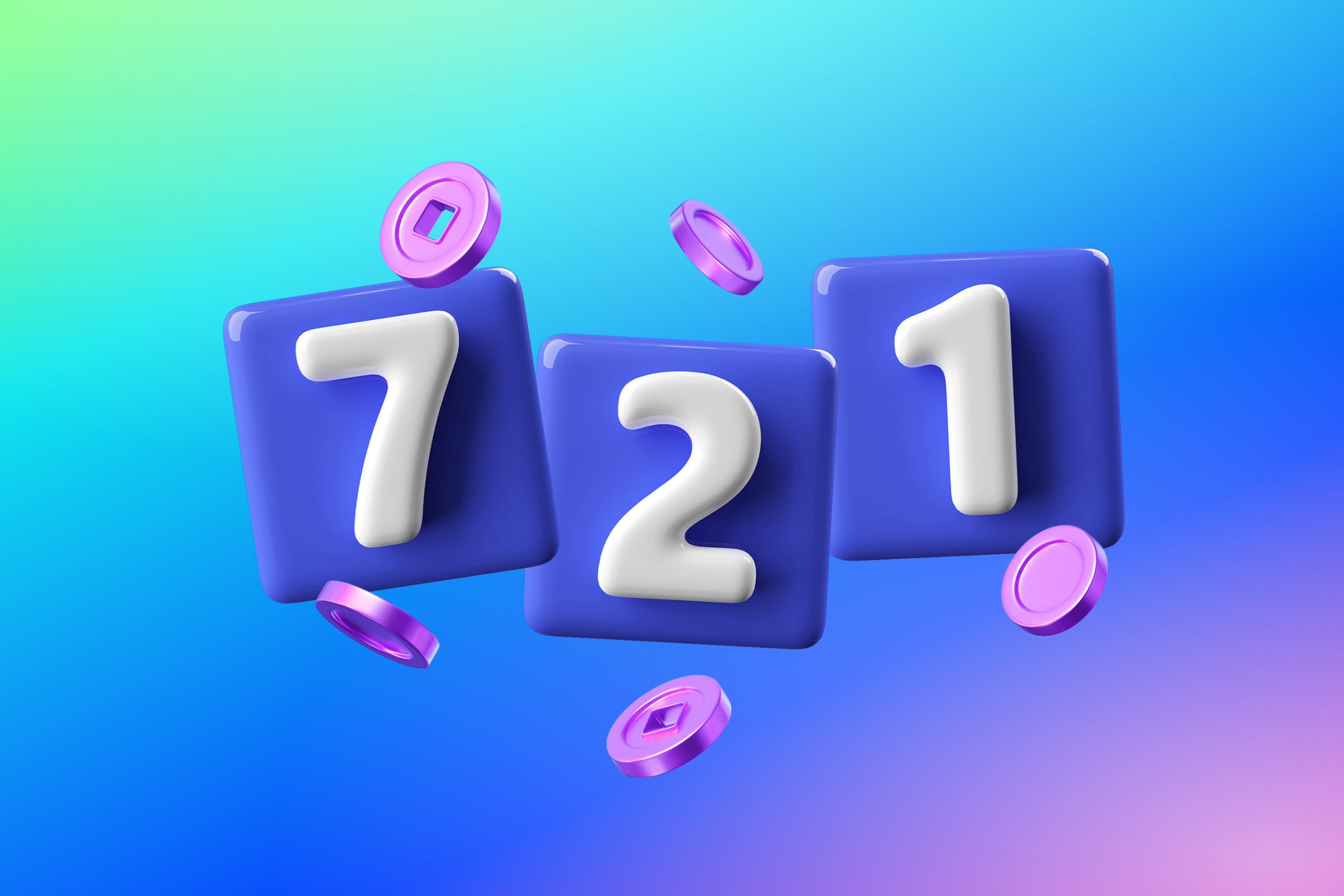.png)
DeFi (short for Decentralized Finance) refers to financial services built on public blockchains that use smart contracts instead of traditional intermediaries. Using DeFi, people can swap tokens, borrow or lend against crypto collateral, and access other onchain financial tools. DeFi is open, programmable, and available 24/7, but it also carries technical, operational, and market risks.
DeFi basics
DeFi uses smart contracts on programmable blockchains (such as Ethereum) to automate financial activity. Rather than relying on a single institution, users interact directly with open protocols via compatible wallets. Many DeFi apps are open source and composable, meaning they can integrate with each other like modular building blocks.
DeFi isn’t a single product, it’s an ecosystem of protocols and tools that collectively support onchain activities such as token swaps, borrowing and lending, and asset management.
How DeFi works
Smart contracts: Onchain code that can be called in blockchain transactions and executes when conditions are met, for example, swapping one token for another or enforcing collateral requirements.
Tokens & collateral: Many protocols use crypto assets as collateral to back loans or mint new tokens (such as stablecoins). These protocols are often over‑collateralization to manage volatility risk.
Liquidity pools & market making: Instead of traditional order books, many decentralized exchanges (DEXs) use liquidity pools. Participants deposit token pairs, and algorithms determine prices based on pool balances.
Oracles: Some protocols rely on external data sources (known as oracles) for price or reference data. These add functionality but also introduce dependencies and potential attack surfaces.
Governance: Some protocols use governance tokens to allow holders to propose or vote on parameter changes or upgrades. Governance design and participation vary widely.
Composability: DeFi protocols can plug into each other. For example, a user might supply a token received from a DEX as collateral in a lending protocol.
Why DeFi matters
Open access: Anyone with an internet connection and a compatible wallet can interact with supported protocols, subject to local laws and restrictions.
Transparency: Core logic and many balances are visible onchain, offering real‑time insight into protocol operation.
Programmability: Developers can build automated, interoperable financial workflows.
Global and always‑on: Protocols operate 24/7 across time zones and don’t depend on bank hours.
Common DeFi categories
Decentralized exchanges (DEXs): Swap one token for another directly via smart contracts and liquidity pools.
Lending & borrowing markets: Supply assets to earn protocol‑defined rewards, or borrow against posted collateral (subject to health and liquidation thresholds).
Stablecoins: Tokens designed to track a reference asset (e.g., the U.S. dollar) and provide a more predictable unit of account for onchain activity.
Derivatives & structured products: Protocols offering perpetuals, options, or other synthetic exposure.
Liquid staking & staking marketplaces: Stake eligible assets to help secure networks and receive a liquid representation of your staked position (where supported).
Tokenized real‑world assets (RWAs): Onchain representations of off-chain assets (e.g., short‑term treasuries) governed by issuer/program rules.
Note: Availability and features vary by chain, wallet, and region. Always verify what a given app supports.
Risks and considerations
DeFi is experimental and carries risk. Key considerations include:
Smart‑contract bugs: Coding errors can be exploited, potentially leading to loss of funds.
Oracle and data dependencies: Manipulated or faulty price feeds can trigger unexpected liquidations or mispricing.
Liquidation risk: Collateralized positions can be automatically liquidated if asset values fall or fees accrue.
Counterparty or issuer risk (where applicable): Some tokens depend on offchain issuers (e.g., reserve-backed stablecoins) or on cross-chain bridges that hold collateral.
Governance and admin controls: Some protocols maintain upgrade keys or emergency pause functions; review documentation to understand these controls.
Liquidity & slippage: Low liquidity can increase transaction costs, make large trades difficult, or make it hard to sell tokens.
Regulatory change: Rules for DeFi access and use vary by jurisdiction and may change over time.
Security hygiene: Phishing, malicious approvals, and scam front‑ends are common. Always use official links and review wallet permissions regularly through trusted sites like Etherscan’s Token Approval Tool.
How to get started
- Set up a compatible wallet: Choose a reputable, non-custodial wallet that supports the chain(s) you plan to use. Secure your recovery phrase offline.
- Fund your wallet: Use a trusted on‑ramp or transfer from a service you control. Start with small amounts to test functionality.
- Verify official sources: Navigate to protocol sites from trusted directories or documentation. Double‑check contract addresses.
- Understand the mechanics: Review app documentation for fees, collateral ratios, liquidation rules, governance, and any admin permissions.
- Review approvals: Many apps request token approvals to spend on your behalf. Grant only the minimum necessary and regularly revoke unused approvals.
- Test before size: Begin with a small transaction to confirm fees, timing, and execution behavior.
Disclaimer: This content is for informational purposes only and should not be construed as financial or trading advice. OpenSea does not guarantee the accuracy or completeness of the information presented, and readers should independently verify any claims made herein before acting on them. Readers are solely responsible for conducting their own due diligence before making any decisions.
🧠 Q&A

Sign up for our newsletter
Join our newsletter to get web3 news, updates, interviews, and deep dives all in one place.
Featured NFT Articles
View all.png)
.png)
.png)
.png)
.png)
.png)



.jpeg)



